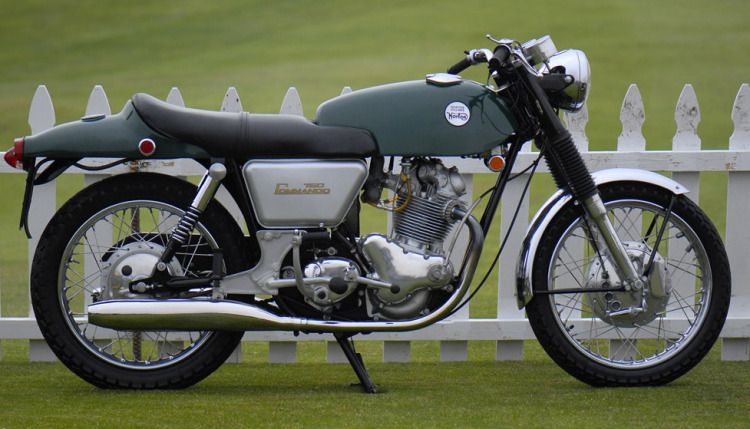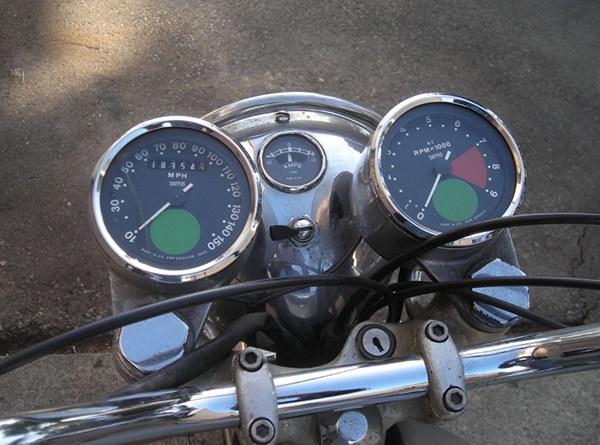
Norton Commando 750 Motorcycle
The story of the Norton Commando Mk1 750cc Motorcycle
When Norton-Villers launched the Commando Mk1 750cc Motorcycle in 1967, the British motorcycle industry was already in decline. There was strong competition from motorcycle manufacturers in Italy and Germany, and the emergence of Japanese producers. The aim was to rejuvenate the public’s love of British motorbikes. However, from the day of the launch, the Norton Commando was already outdated.

The engine design for the Commando originated in the late 1940s. Bert Hopwood had developed the original Norton Model 7 Twin that evolved into the 750cc Commando in 1967.
Although the ‘new’ engine dated back 20 years, the award-winning frame was revolutionary. Developed by Rolls-Royce engineer, Dr. Stefan Bauer, the frame was totally transformed. Bauer wanted to remove the problem of vibration experienced by classic twin-cylinder engines. The Norton-Villiers’ engineering team of Bauer, Bernard Hooper and Bob Trigg decided to bolt the engine, gearbox and swing-arm assembly together and isolate the engine from the frame using special rubber mountings. This new design concept was called the ‘isolastic anti-vibration system’.
Correct adjustment of the free play in the engine mounting was critical to the success of the isolastic system. Vibration returned if there was too little and the handling was very poor if there was too little. However, skilled mechanics could tune it to perfection and enjoyed the superb handling.
The Commando 750 saw a series of design changes between 1967 and 1973. The 750-S was released in 1968, featuring a high-mount exhaust and a smaller 2.5 gallon fuel tank, before being updated as the Roadster. In 1970, the Commando Fastback Mk2 was launched and was quickly followed by the Street Scrambler. Norton even released a Hi-Rider model, with tall handlebars similar to those seen on the Raleigh Chopper pushbike, and a ‘banana’ seat with a backrest. The final two Commando models were released in 1972. The Mk4 Fastback featured the new Combat engine, delivering 65hp at 6,500 rpm. The last of the 750 series, the Mk5, was produced for only a few months before being superseded by the 850cc Commandos.
However, despite the continued development, foreign motorcycle manufacturers were making technological advances. People could now purchase motorcycles with an electric starter button, removing the need for kick-starting. The four-cylinder engines produced by Honda and Kawasaki were smoother, giving a more comfortable ride.
SMITHS gauges were used on most classic British motorcycles. Norton motorcycles already had a history of using SMITHS instruments and so it was not surprising that the Commando 750 series all featured their gauges.

There were three (3) gauges in all:
The legacy of the Commando motorcycle continues today, with Norton Motorcycles building the Norton Commando 961. At CAI, we also continue to manufacture and supply gauges for classic Norton motorcycles today.
Further information on SMITHS instrumentation for classic motorcycles is available on our website, or to discuss a specific requirement please contact us on:
Via the contact form on our website
Email: [email protected]
Phone: +44 (0) 1639 732200
You can also follow us on social media for regular news updates, photographs and technical information: